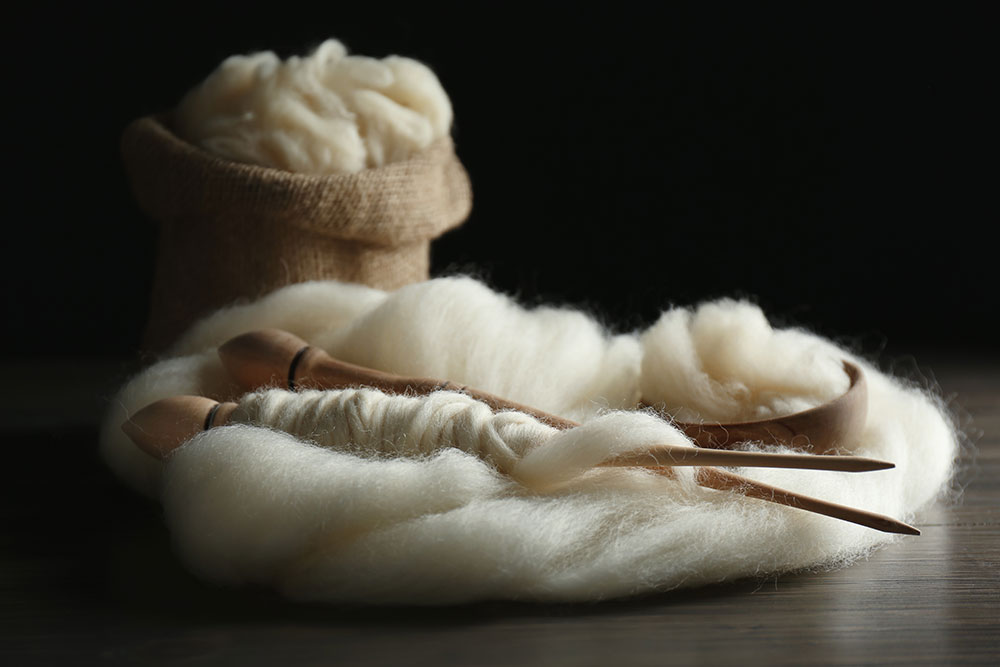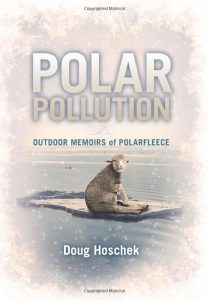Over 50 Years of Textile Expertise Brought Us Back to the Basics

DOWN – Nature’s Super-Insulator
In all the years of textile manufacturing, mills and scientists have not been to replicate the incredible, insulating qualities of down. That’s right, no synthetic insulation keeps us as warm as what mother nature made.
Down are the “fluffy” internal feathers found on birds like geese and ducks. These fluffy feathers sit close to the bird’s skin and help keep them warm in some of the harshest conditions on the planet.
We refer to down as Climate Design Down – as down is created from nature not chemicals or synthetics. Designed by nature so it’s naturally better for you and the planet.
There are three things that make down insulation superior for warmth management.
- Down traps air inside their microscopic “fingers.” This trapped air, aka “dead air” stays trapped in place, preventing your body’s heat from escaping.
- The ultralight weight of down – down weighs about 25% – 75% less than synthetics.
- It’s natural as down comes from ducks and geese and requires minimal processing to perform.
Many cultures have used down for warmth throughout history. But it wasn’t until the 1940’s when Eddie Bauer, created then patented quilted down jackets, that down became a staple of 20th century outdoors people.
WOOL – Natural, Renewable and Biodegradable
Wool, by nature, is a circular fiber. As a renewable resource plays an important role in conservation as sheep are part of the natural ecosystem.
Wool’s performance is hard to beat. Wool fibers are naturally breathable. They can absorb large quantities of moisture vapor – allowing it to evaporate, making wool garments more comfortable than garments made from other fibers.
Wool has multiple merits when compared to synthetics.
- Unlike synthetics, wool is an active fiber that reacts to changes in the body’s temperature, for greater comfort.
- Wool’s natural crimp provides superior insulationWool keeps you cooler in hot, dry conditions – moving 25% more moisture away from the body than synthetics.
- It’s naturally odor resistant.
Wool is the original eco-fiber. Our heritage in woolen textiles gives us a positive outlook on the future circularity and environmentally sound textiles and insulations.

Get Doug Hoschek’s Book – Polar Pollution on Amazon
Polar Pollution is a comprehensive story written by the author Doug Hoschek from his forty plus years of marketing and developing outdoor textile fabrics.
A colorful memoir of how the textiles and brands were created finds passion of the outdoors married to a small business until the off shoring allowed investor greed to pollute water and air that today daily reaches the shores of the west coast of the United States.




